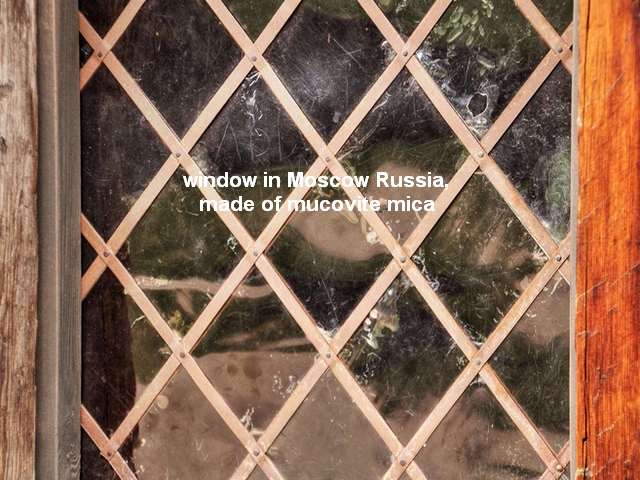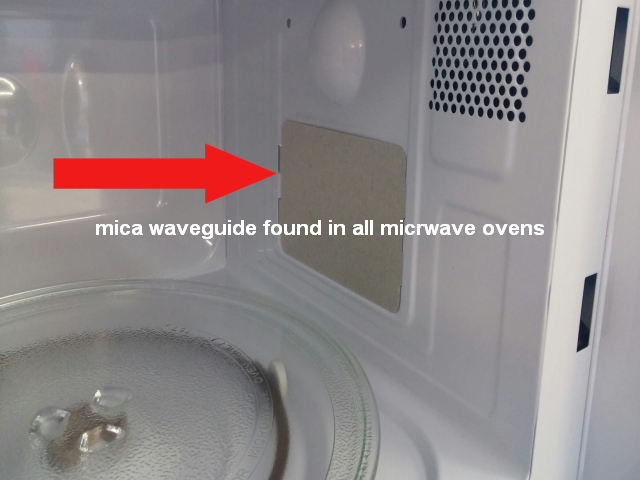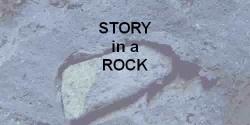Window Rock
Window Rock - Weird Mica

Mica is a naturally occuring mineral that forms from many thin layers.
It can be split into layers so thin you can use them as windows.
!t has excellent insulative properties both electrical and thermal.
It has physical, mechanical properties and good thermal strength so it doesn't shatter when it gets hot.
It can easily be trimmed to a desired shape.

Until the 19th century, large crystals of mica were quite rare and expensive as a result of the limited supply in Europe.
However, their price dramatically dropped when large reserves were found and mined in Africa and South America during the early 19th century.
The largest documented single crystal of mica (phlogopite) was found in Lacey Mine, Ontario, Canada; it measured 10 m × 4.3 m × 4.3 m and weighed about 330 tonnes.
Similar-sized crystals were also found in Karelia, Russia.There is a plentiful supply near Moscow, Russia.
Muscovy-glass refers to mica as used by medieval Russians for windows in Moscow. At that time, mica was available and cheaper than glass.
An interesting question -- were glass windows first and then copied using mica or had people used mica windows before glass?
The answer is that glass windows were developed first but
Mica windows, however were much more suitable in cold harsh climates, their insulative properties meant much less heat was lost through mica windows compared to glass windows.
Mica windows for woodstoves served two purposes
-- they put light into the room
-- they facilitated a view of the fire so you would know when to add more wood.
In addition the windows would not shatter in the heat or through accidental bumps.
Mica waveguide windows in microwave ovens A waveguide cover's main job is to transmit microwave radiation.

It prevents steam and food particles from interacting with the electrical components within the microwave oven.
The waveguide clips into the hole where the microwave comes out.
The main use is to prevent splashes and bits of food from getting into the cavity of the microwave.
Learn more about MINERALS and BASIC STRUCTURE OF MINERALS

